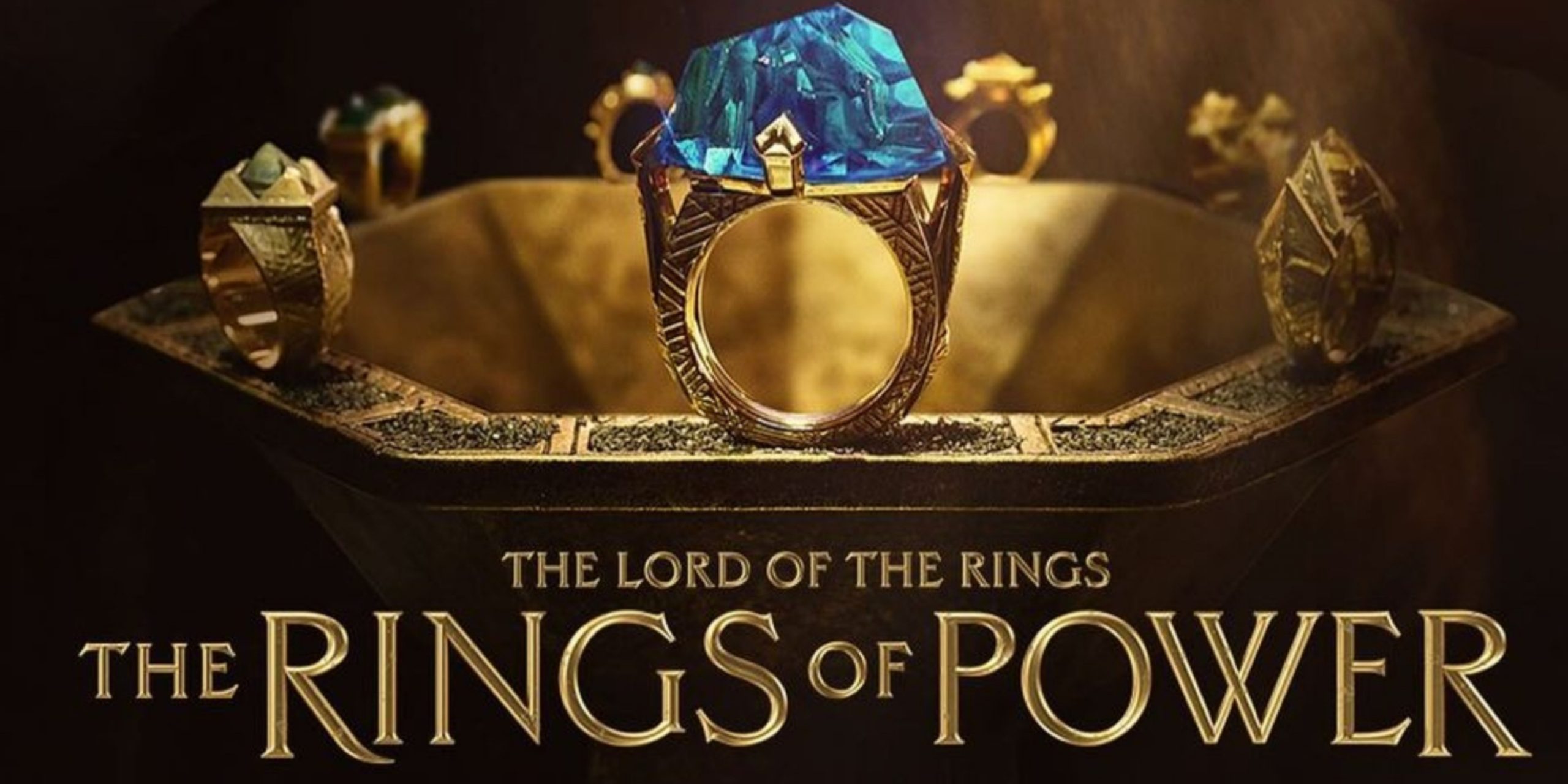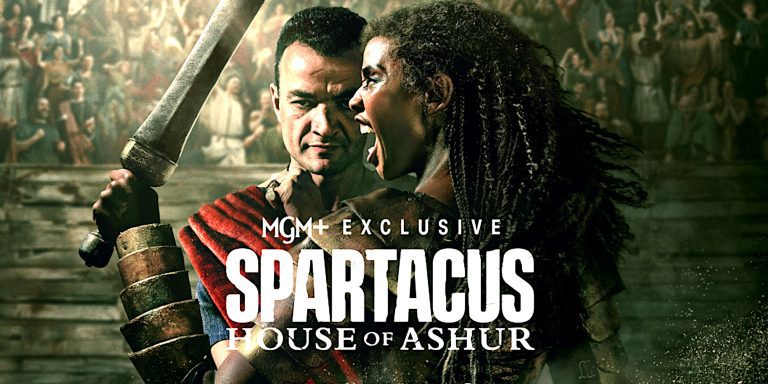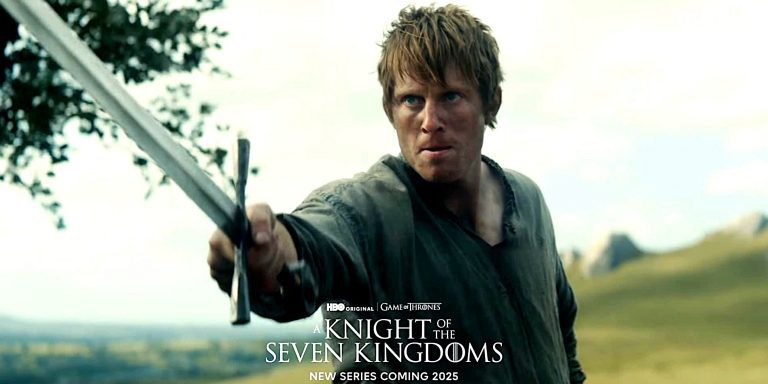
Amazon’s The Rings of Power wasn’t just another addition to the fantasy genre. It was a high-stakes gamble to establish dominance in the streaming world by building on one of the most treasured intellectual properties in modern literature. The project was defined by scale, strategy, and a tightly controlled creative process.
The Cost: Television’s Most Expensive Season
Amazon reportedly spent over $465 million on the first season alone, not including the $250 million spent on acquiring the rights. This made it the most expensive single season of television ever produced. That figure accounted for:
- Large-scale infrastructure in New Zealand
- Visual effects pipelines developed specifically for the series
- Massive casting, set design, and practical effects budgets
- Long-term investment planning for five seasons
Jeff Bezos had made it clear that Amazon was looking for its Game of Thrones. The Rings of Power was intended to do for Prime Video what The Lord of the Rings did for cinema in the early 2000s, draw attention and prestige, regardless of cost.
The Crew: A Mix of Newcomers and Industry Veterans
Showrunners:
J.D. Payne and Patrick McKay, with little prior showrunning experience, were an unusual choice to helm such a major franchise. Still, they convinced Amazon with their deep knowledge of Tolkien’s world and willingness to collaborate closely with lore consultants.
Producers:
Lindsey Weber, a veteran of 10 Cloverfield Lane and Star Trek, helped steer the project alongside Ron Ames and Callum Greene. Their influence ensured the production retained high professional standards and international coordination.
Directors:
- J.A. Bayona directed the first two episodes, creating the show’s visual foundation
- Wayne Che Yip handled the majority of mid-season episodes
- Charlotte Brändström directed key later episodes, including major battle scenes
Their collective styles gave the series a polished look, but some critics noted inconsistencies in tone across episodes.
Creative Control: Between Tolkien’s Legacy and Streaming Needs
Amazon did not have access to Tolkien’s Silmarillion or Unfinished Tales. It could only draw from:
- The Hobbit
- The Lord of the Rings
- The appendices of The Return of the King
This limited the material available for depicting the Second Age. As a result, major characters like Galadriel and Elrond were reimagined with new backstories, and entire regions were invented or expanded.
Tolkien Estate Oversight:
The estate retained veto rights and maintained close scrutiny. While they didn’t dictate the script, they enforced thematic boundaries and ensured the tone stayed relatively aligned with Tolkien’s moral vision.
Production Decisions: New Zealand to the UK
Much of Season 1 was filmed in New Zealand, leveraging both the country’s existing Middle-earth associations and its skilled film workforce. However, Amazon announced that future seasons would be filmed in the United Kingdom. The reasons were multifaceted:
- Logistical efficiency post-COVID
- Access to European studios and locations
- Potential cost reductions
- Desire for cultural authenticity linked to Tolkien’s English roots
This move marked a shift not just in geography, but potentially in production style and atmosphere.
Reception and the Path Forward
Critical and fan response was mixed. Highlights included:
- Praise for cinematography, music, costume design, and scale
- Criticism of uneven dialogue, pacing, and character development
- A polarised audience, especially among Tolkien purists
Despite these reactions, Amazon’s commitment to the five-season plan remains. The second season is already in production, with signs of narrative tightening and a clearer arc emerging.
The Seven Swords takeaway
The Rings of Power represents a turning point in how television is made, not simply because of the money spent, but because of the ecosystem behind it. It is a product of corporate ambition, literary reverence, and platform politics. Whether the story ultimately resonates over five seasons remains to be seen. But as a production model, it has already changed the conversation around what streaming giants are willing to do to secure cultural dominance.
Watch the trailer:



